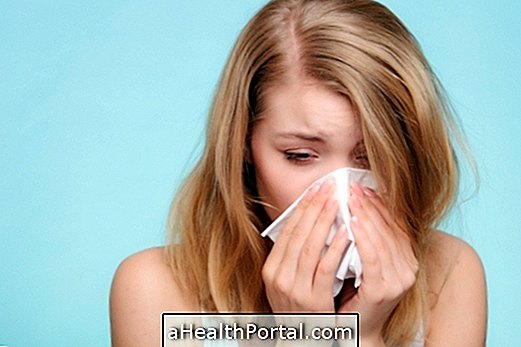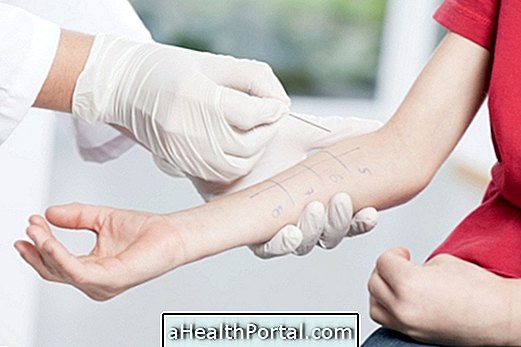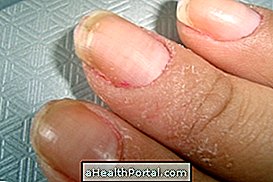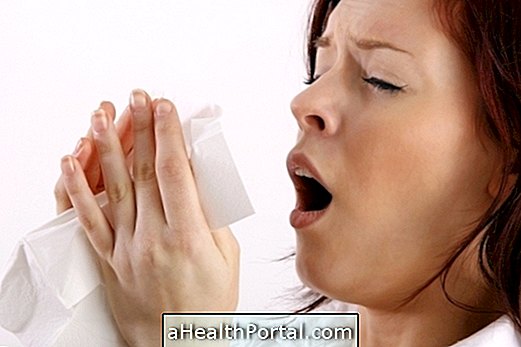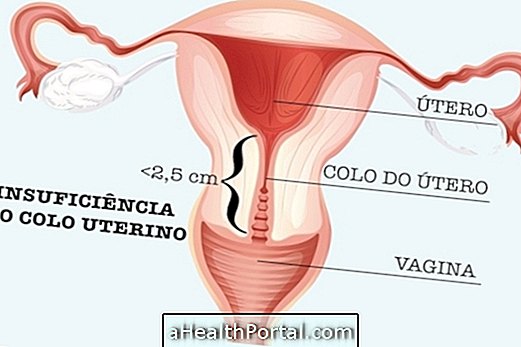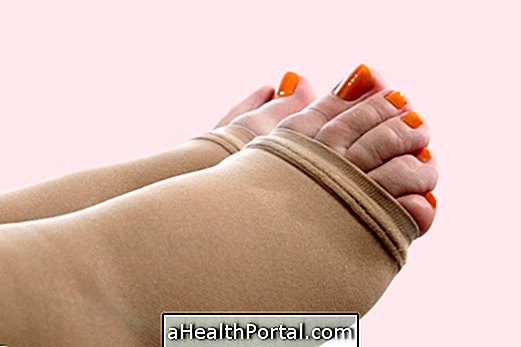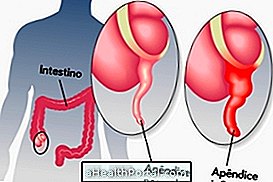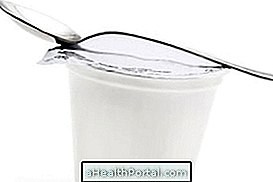Contact dermatitis, or eczema, is a type of skin reaction that occurs due to the contact of some irritating substance or object, which causes allergy or inflammation in the skin, causing symptoms such as itching, intense redness and swelling.
There are 2 main types of contact dermatitis:
- Allergic dermatitis: It is usually discovered in childhood and in people who have some other type of allergy, such as rhinitis, for example;
- Irritant Dermatitis: Irritant dermatitis can occur in any person when it comes in contact with any substance that impairs the integrity of the skin. In the case of adults, the most common is an irritation caused by a certain element, such as costume jewelry, plants, clothes, cosmetics or cleaning products, for example.
Contact dermatitis does not get on, because it is not contagious, since it is an exaggerated reaction of the person's own body.
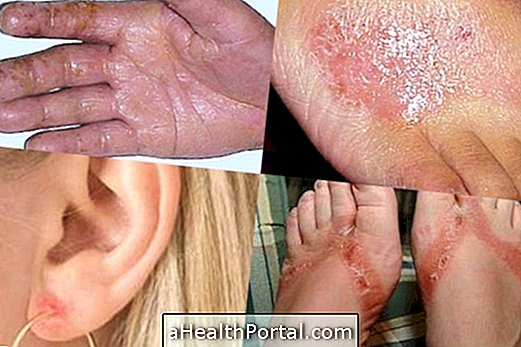
How to know if it is Contact Dermatitis
In the case of allergic contact dermatitis symptoms may appear immediately or up to 6 days after contact with the irritant. But in the case of irritative contact dermatitis, which is the most common type, the symptoms may appear soon after contact or within 48 hours, including:
- Redness and itching on the spot;
- Desquamation and small balls with or without liquid, in the affected region;
- Swelling of the affected region;
- Presence of small wounds on the skin;
- Extremely dry skin.
When dermatitis is caused not by an allergy but by an irritation on the skin, the affected region can look like a burn. Especially when there was contact with some acid or corrosive substance.
In cases of allergy, the doctor can do an allergy test to try to identify the substance that may be causing this skin irritation.
Main treatment options
Contact dermatitis is cured and in order to achieve it, one should follow the doctor's recommended treatment and avoid contact with the irritant.
But in addition, for the treatment of contact dermatitis, it is recommended:
- Wash the area with copious cold water;
- Pass a cream with antihistamine or corticoid at the site of allergy until symptoms improve;
- Take an antihistamine, such as cetirizine, as long as prescribed by the doctor to control the symptoms faster.
The cure time takes about 3 weeks in case of allergy, and in the case of an irritant dermatitis, the symptoms can be controlled within 4 days after treatment is started.
Lotions and Ointments most indicated
Ointments or lotions with corticosteroids are the most indicated for the treatment of this type of allergy, and hydrocortisone is the most indicated for the face.
When the skin is very dry it is more recommended to use ointments, but when the skin is more moist, creams or lotions may be indicated.
Here's a list of the top ointments used for most common skin conditions.
Home treatment
A good home treatment for contact dermatitis is to wash the affected region with cold tea from the tank because of its natural antihistamine properties.
- For the tea : In a liter of boiling water add 30 grams of leaves, cover, and let cool. Coe and wash the region with this tea 2 to 3 times a day.
Check out other home remedy options to relieve dermatitis.
What Causes Contact Dermatitis
The cause of contact dermatitis is a reaction of the body to the substance that causes allergy. This reaction may occur when contacting:
| Allergic Contact Dermatitis | Irritant contact dermatitis |
| Cosmetics and perfumes | Soap, detergent and other cleaning products |
| Some types of plants | Solvents |
| Some ointments | Dust |
| Paints, latex and plastic resins | Plumbing fixtures and accessories |
| Additives, preservatives or food coloring | Stool or urine |
Generally the adults most affected are those who have contact with chemicals in their work.
Some possible causes of dermatitis according to body areas are:
- Face: use of creams or lotions that pinch the skin;
- Eyes and eyelids: makeup, cosmetics, shampoos or soaps;
- Scalp: smoothing with formalin, paints or shampoos;
- Ears: Costume earrings or perfumes;
- Chest: contact with clothing and rubber collars, for example;
- Armpits: the most common cause is deodorant, but if the symptoms affect the most lateral part of the armpit you can suspect products used to wash clothes, for example;
- Hands: more frequent when using latex gloves or when washing your hands very often;
- Genital area: It is usually caused by the latex present in the condom, use of contraceptive, cosmetics or remedies;
- Feet: the most frequent are shoes, socks, sweat or cosmetics.
Knowing when the symptoms usually come up can also help to find out what caused that skin reaction. For example, allergies that appear on Monday, but that improve over the weekend, or on vacation, usually indicate that the cause of skin irritation is present in the workplace.


